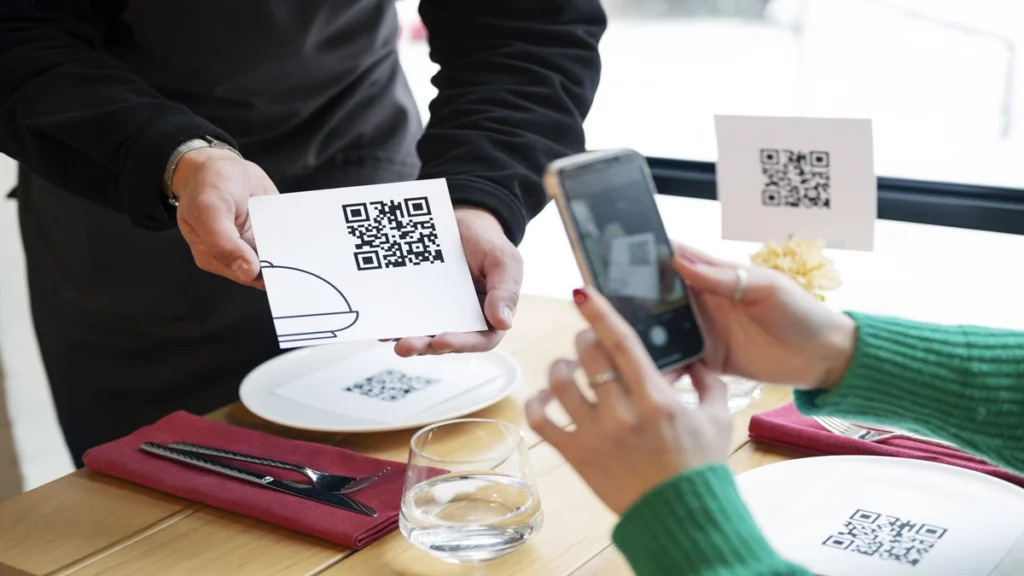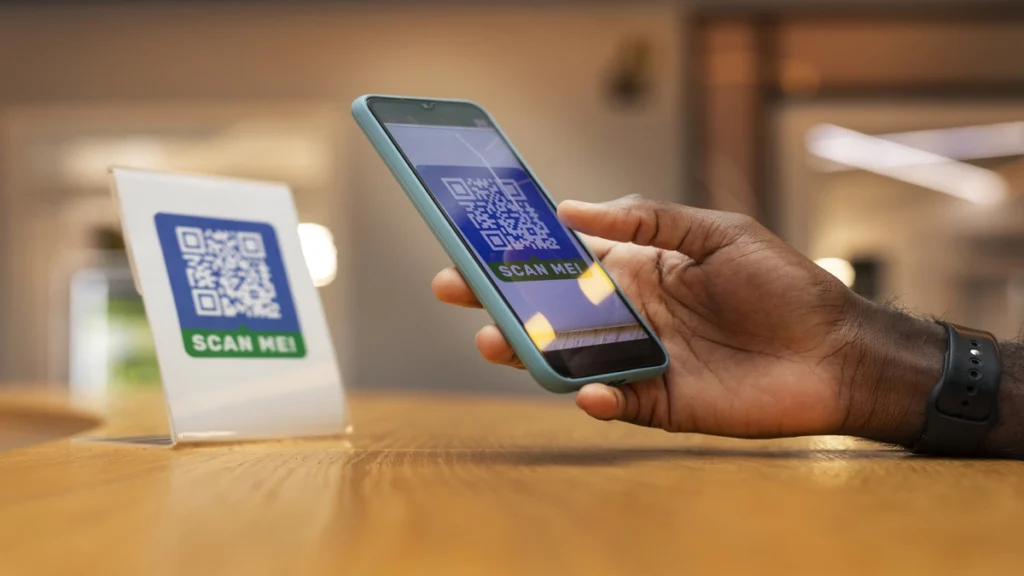In India, the festive season is going on. Markets are flooded with enormous types of offers. Most of the business organizations are giving heavy discounts by encouraging digital payments. Many websites and businesses are massively providing QR codes for several purposes from payments and menus to greeting cards and promotional materials, these small, square barcodes offer a convenient and contactless way to access information. more easily. It’s good but on the other hand, it gives opportunities for scammers to exploit unsuspecting users.
Recently, a common QR code scam tactic is the production of fake or malicious codes. Scammers may hack legitimate websites and inject malicious code into their QR codes. To the untrained eye, these codes appear identical to their genuine counterparts. However, when scanned, the malicious code can redirect users to phishing websites or download malware onto their devices.
How Does a QR Code Scam Work?
1. Website Hacking: Scammers often target popular websites or online services to compromise security.
2. Malicious Code Injection: After a website’s security has been breached, scammers can inject malicious code into the attached QR codes.
3. Fake QR Code Creation: Scammers can create new QR codes that link to a website compromised with malicious codes.
4. Circulation: These fake QR codes are circulated through numerous mediums like social media, email, or physical locations.
5. Victim Engagement: When a user scans a malicious QR code, their device is redirected to a phishing website or prompted to download malware or a malicious APK file in the phone. which shares a live copy of the phone with scammers.
6. Data Theft or Malware Infection: The malicious website or malware can then steal personal information, such as login credentials, and credit card details, or even control the device remotely.
Safety Measures to Avoid QR Code Scams:
- Be Cautious of QR Codes in Public Places: Avoid scanning QR codes displayed in public areas, especially if they appear suspicious or offer excessive discounts or promotions.
- Use Reputable QR Code Scanning Apps: opt for well-known and trusted QR code scanning apps from reputable developers.
- Validate the Website URL: Before entering any information or downloading anything, carefully check the URL you are redirected to. Ensure it starts with “https” (secure) and matches the expected domain.
- Unintended Pop-ups or Downloads: If your device prompts you to download an app or displays unexpected pop-ups after scanning a QR code, be cautious and avoid clicking suspicious links or buttons. Check your download folder and ensure that it doesn’t have any unusual apps.
- Keep Device Software Updated: Regularly update your device’s operating system and apps to ensure they have the latest security patches.
As we continue to cuddle the digital age, it’s crucial to stay aware of the potential risks associated with new technologies. QR codes can be a soft target for scammers. By being aware and following these safety measures, you can significantly reduce your risk of falling victim to QR code scams and protect your personal information and devices.
Remember:
- Avoid QR codes in public places.
- Use reputable QR code scanning apps.
- Verify website URLs.
- Beware of unexpected pop-ups or downloads.
- Keep your software updated.
By staying vigilant and informed, you can enjoy the benefits of QR codes without compromising your security. Have a great festive season.
Kindly Share with the nearest one and stay connected for more informative blog posts that will keep you ahead of the curve. See you there!



